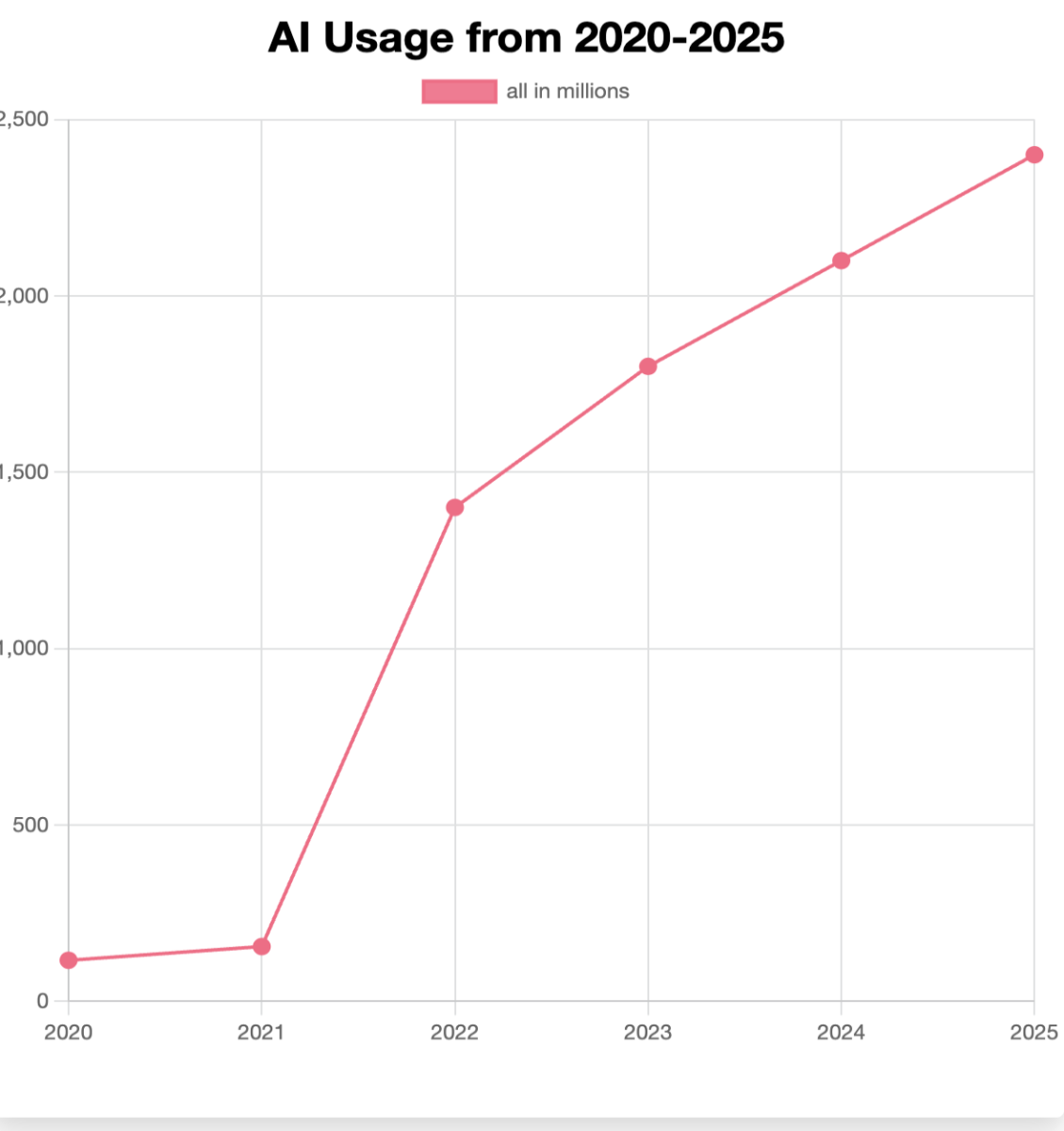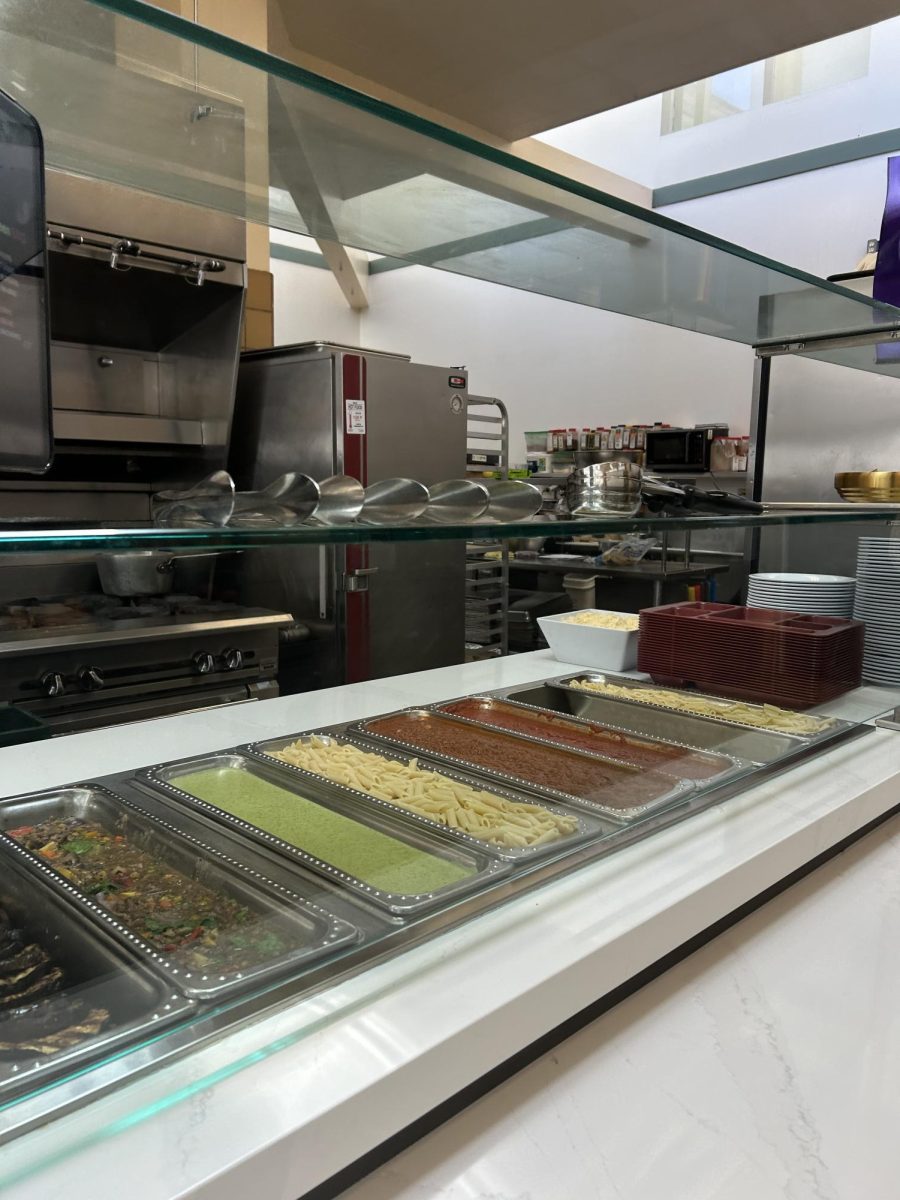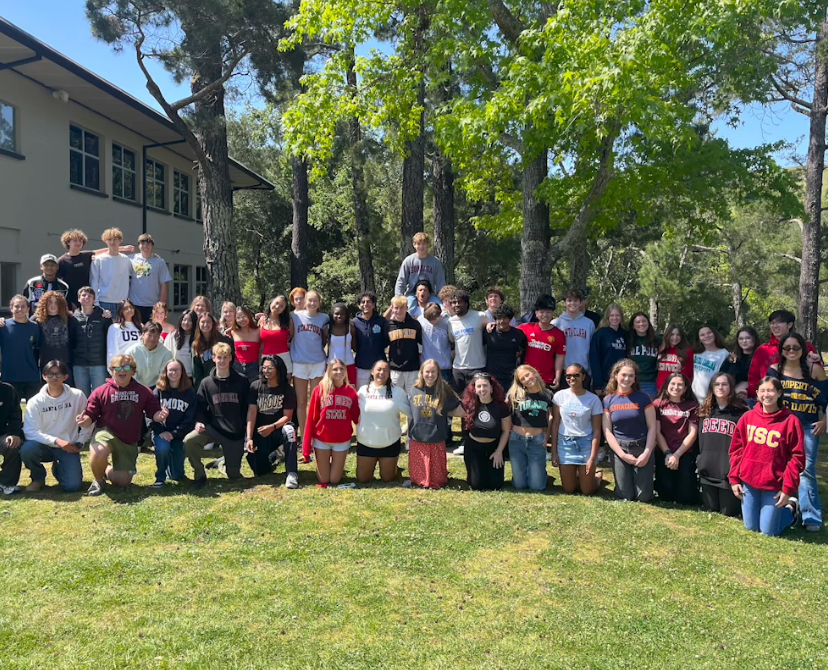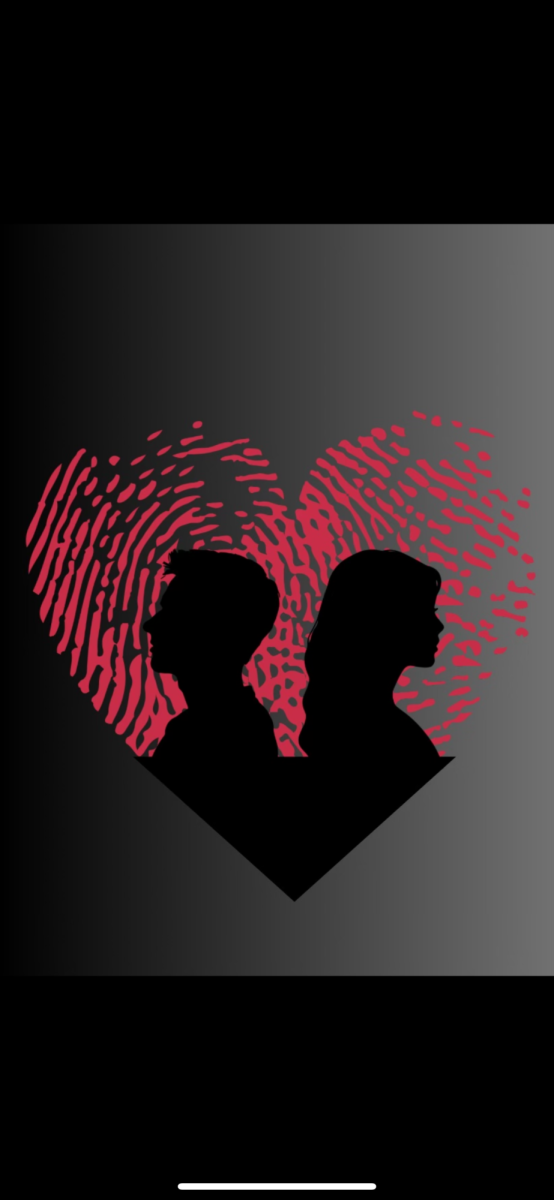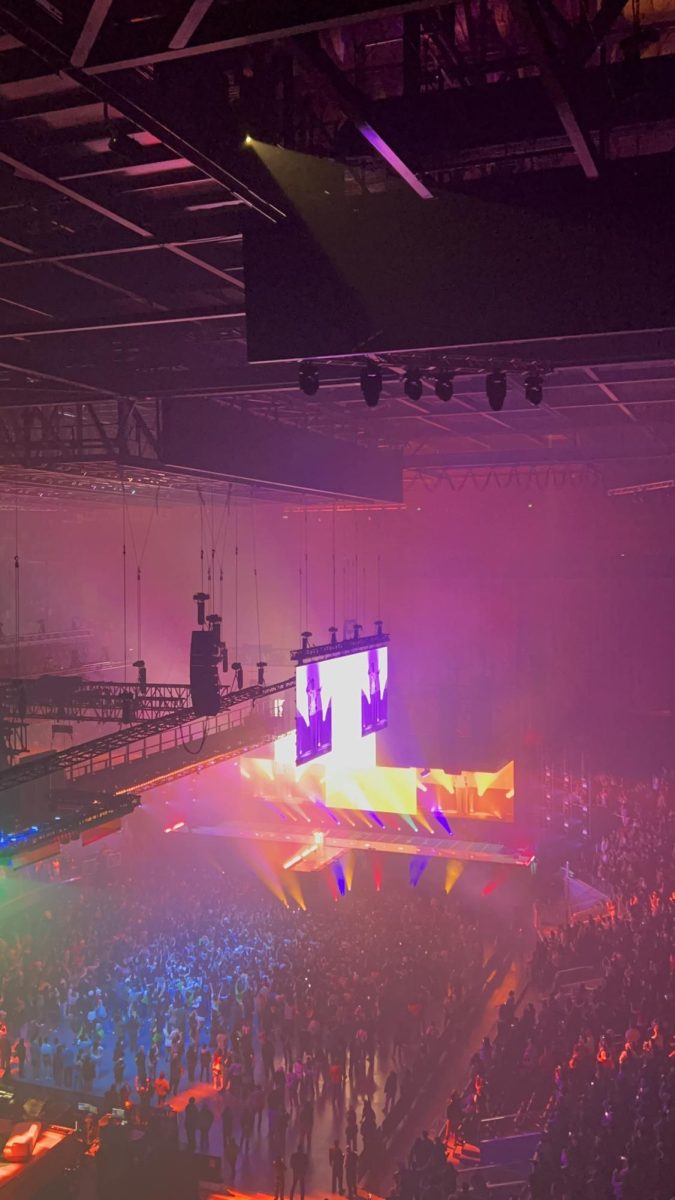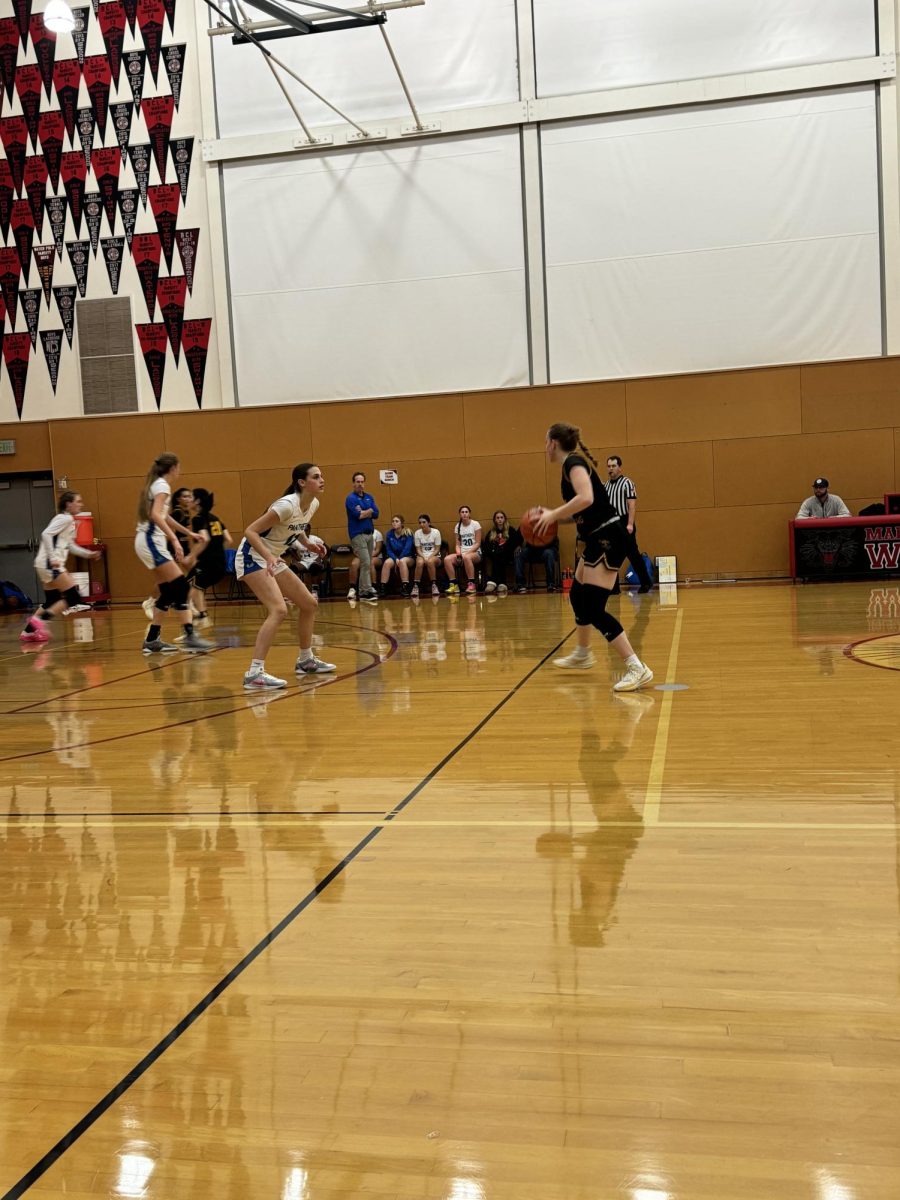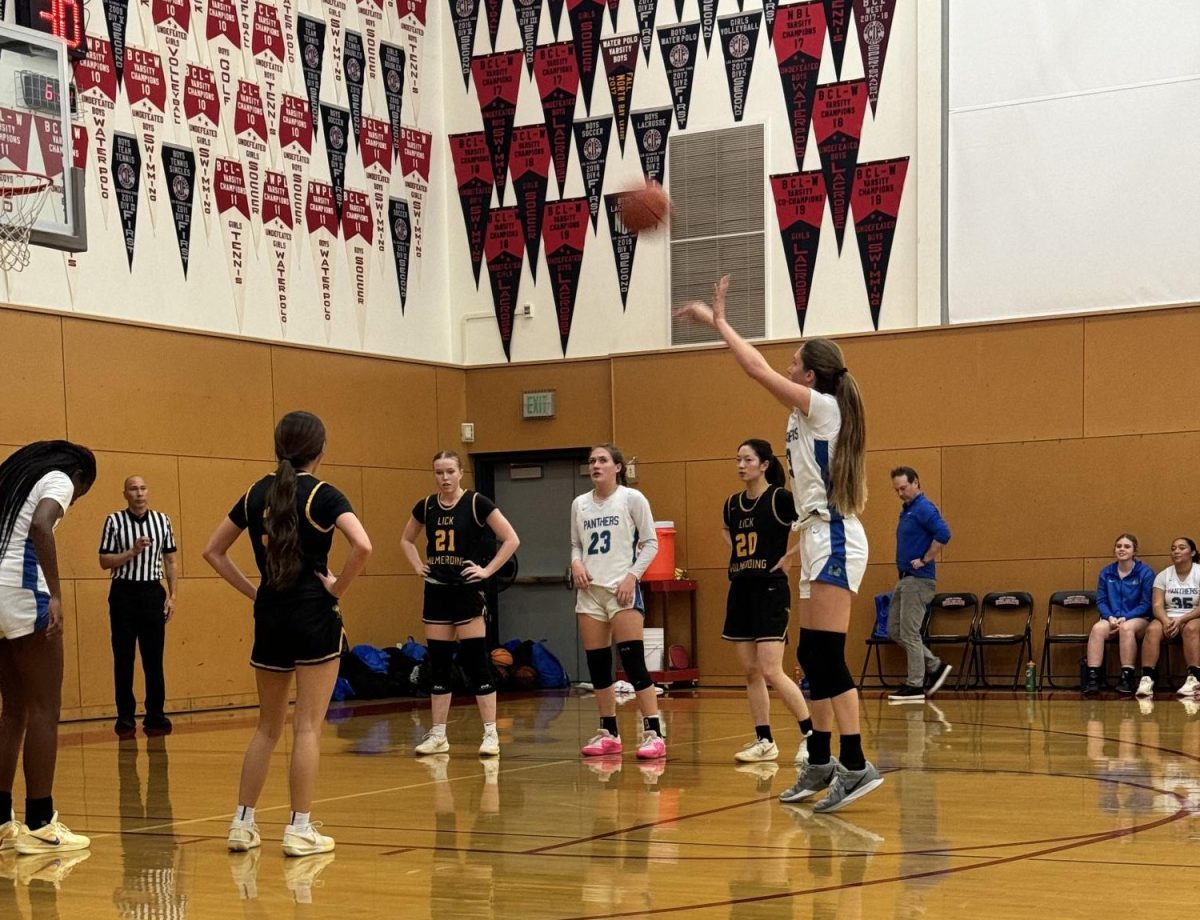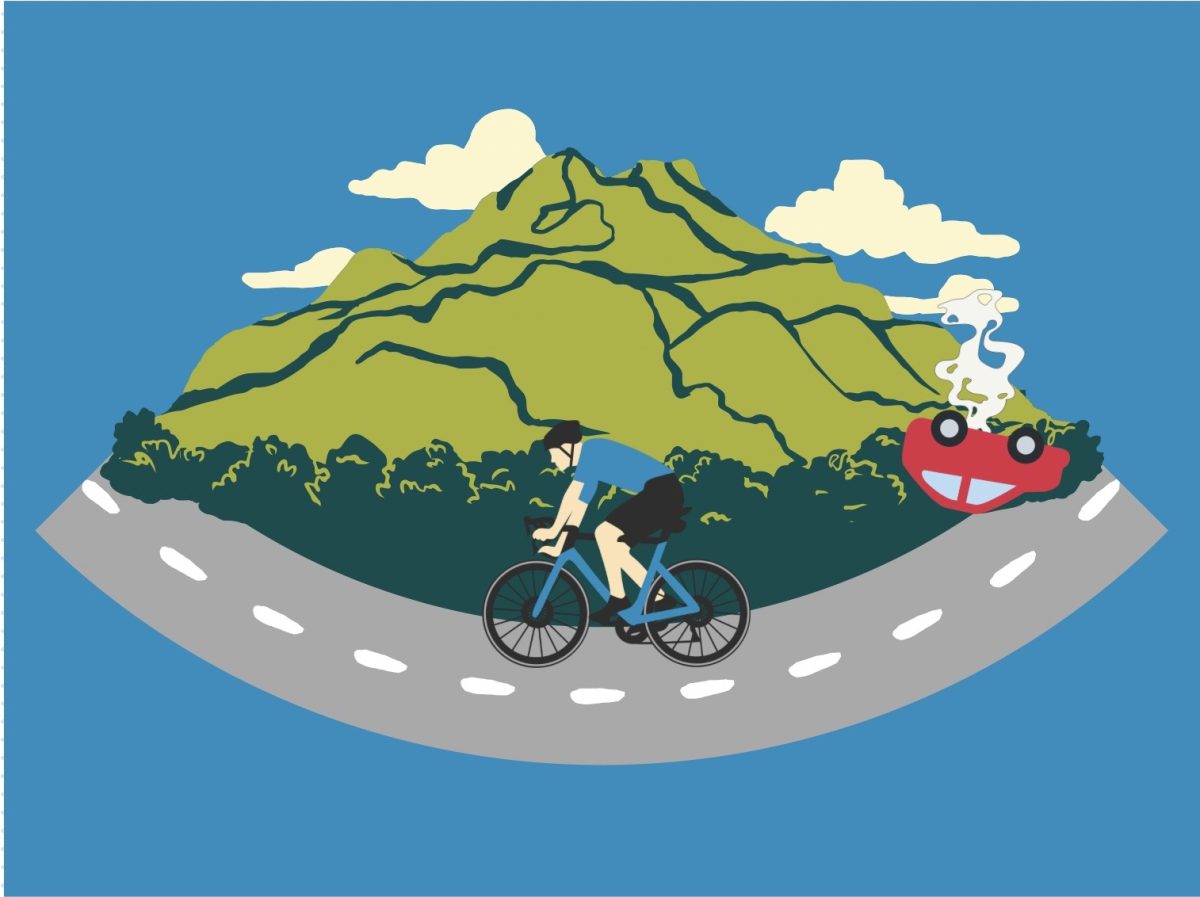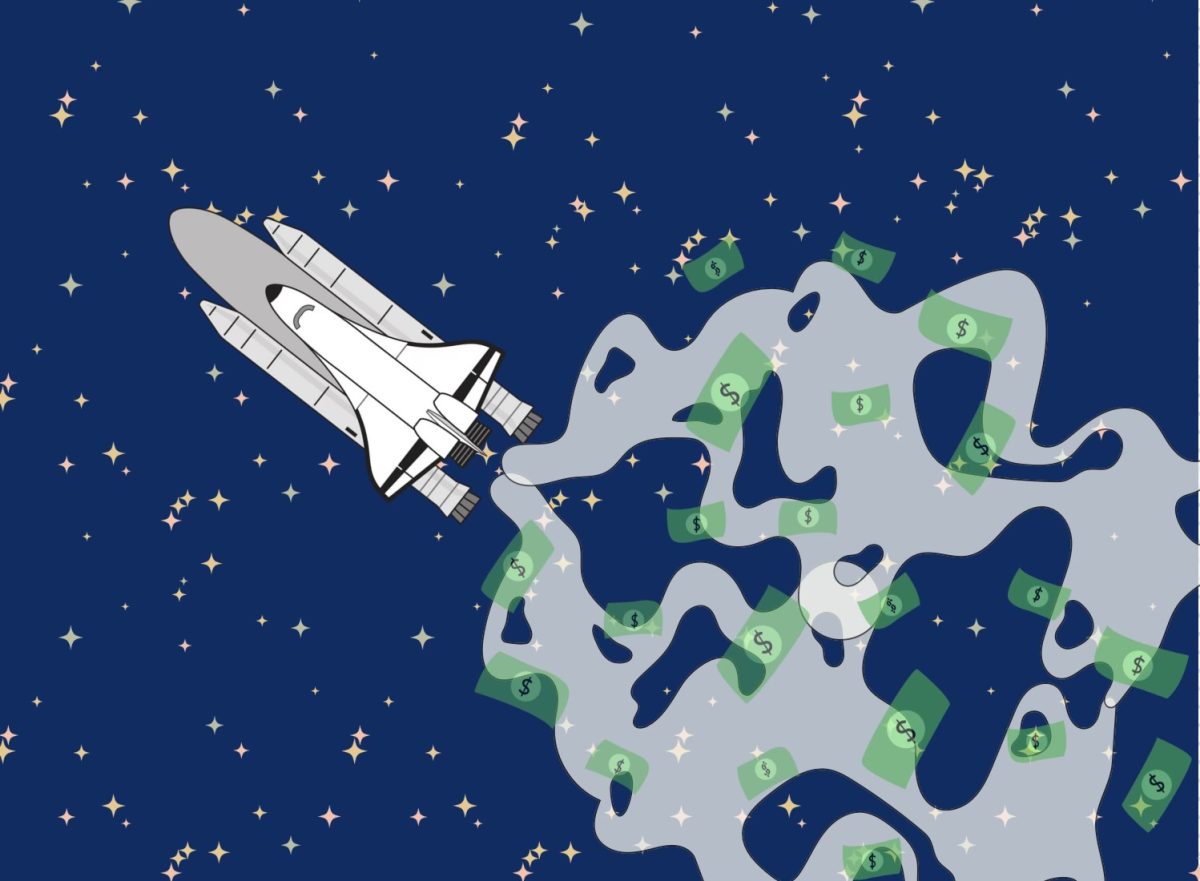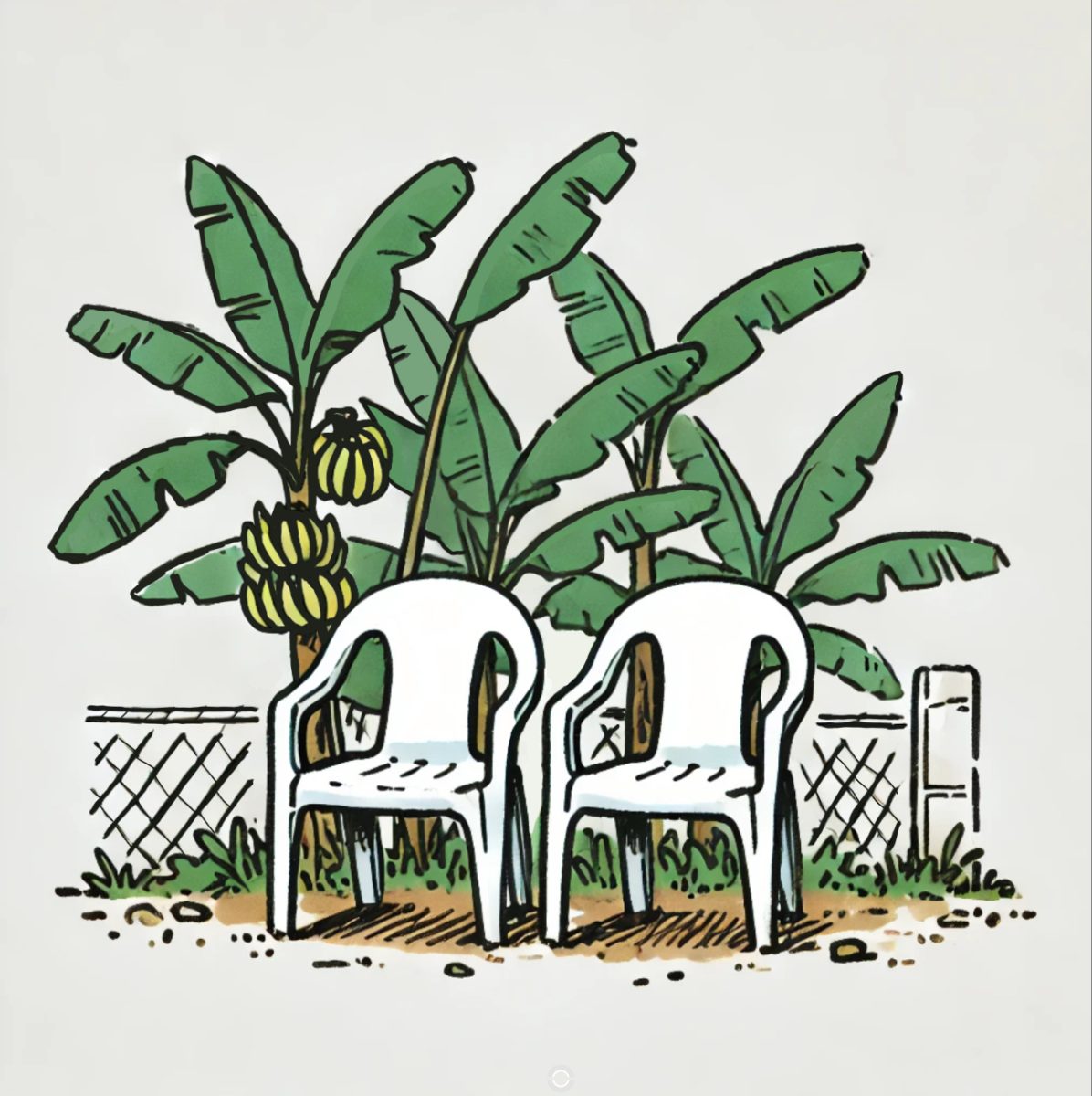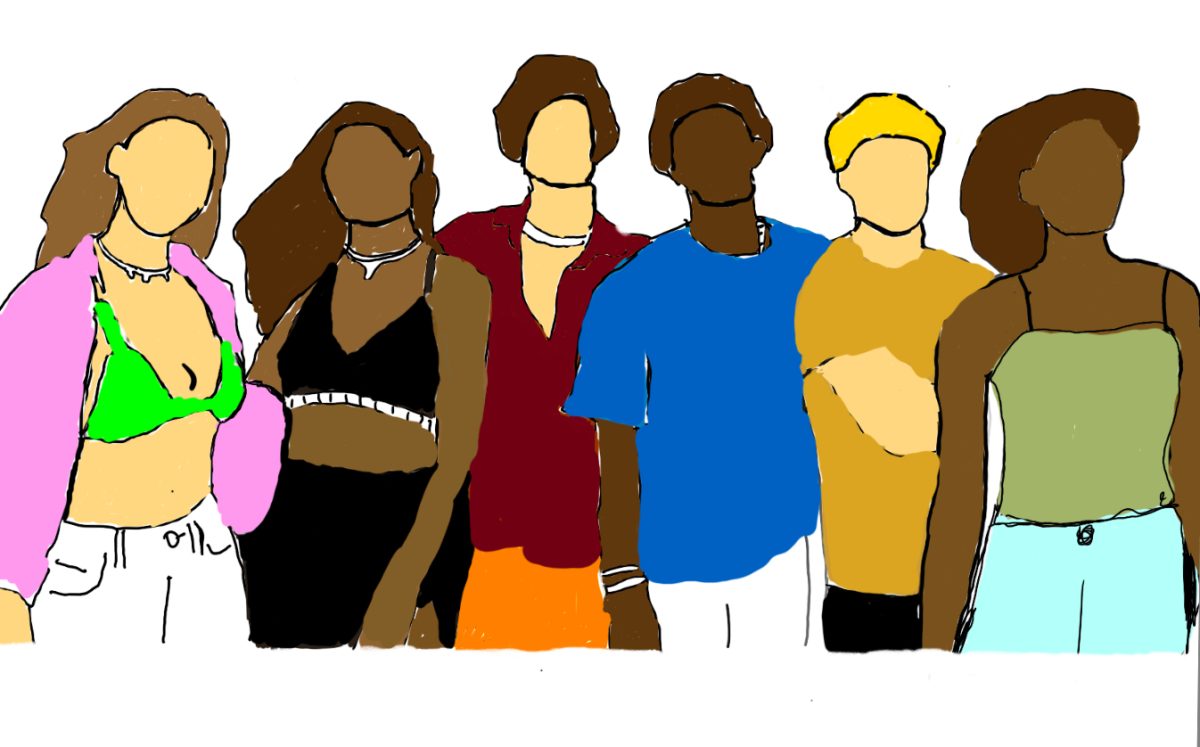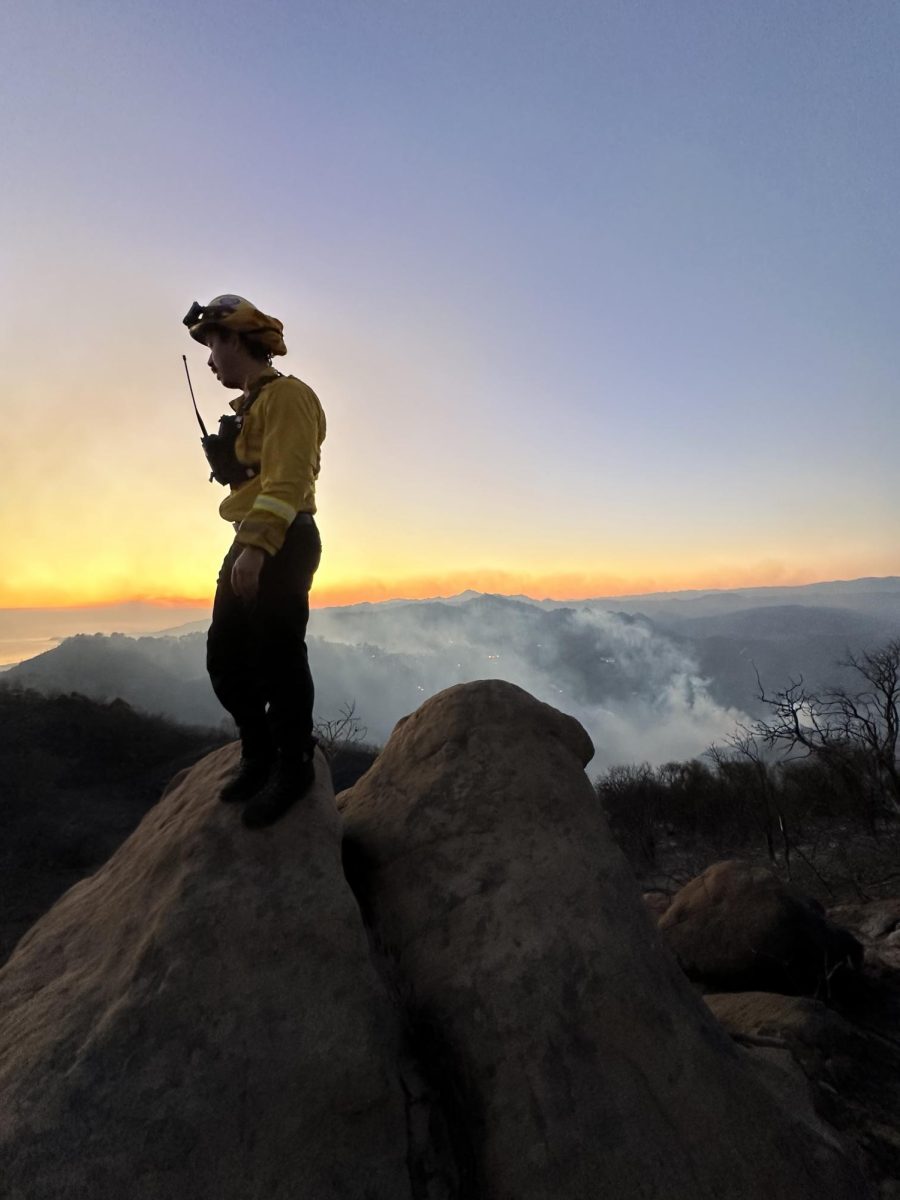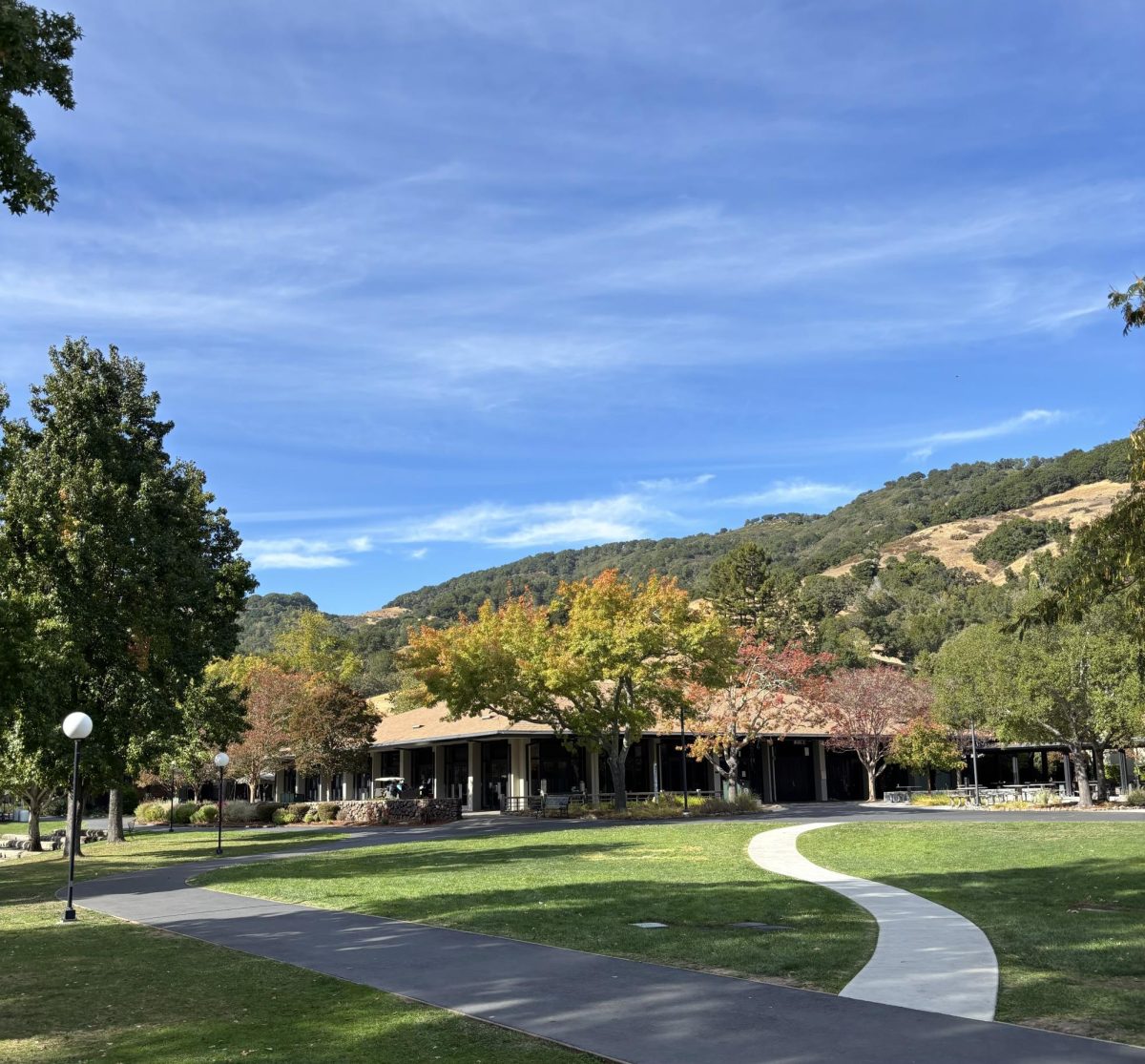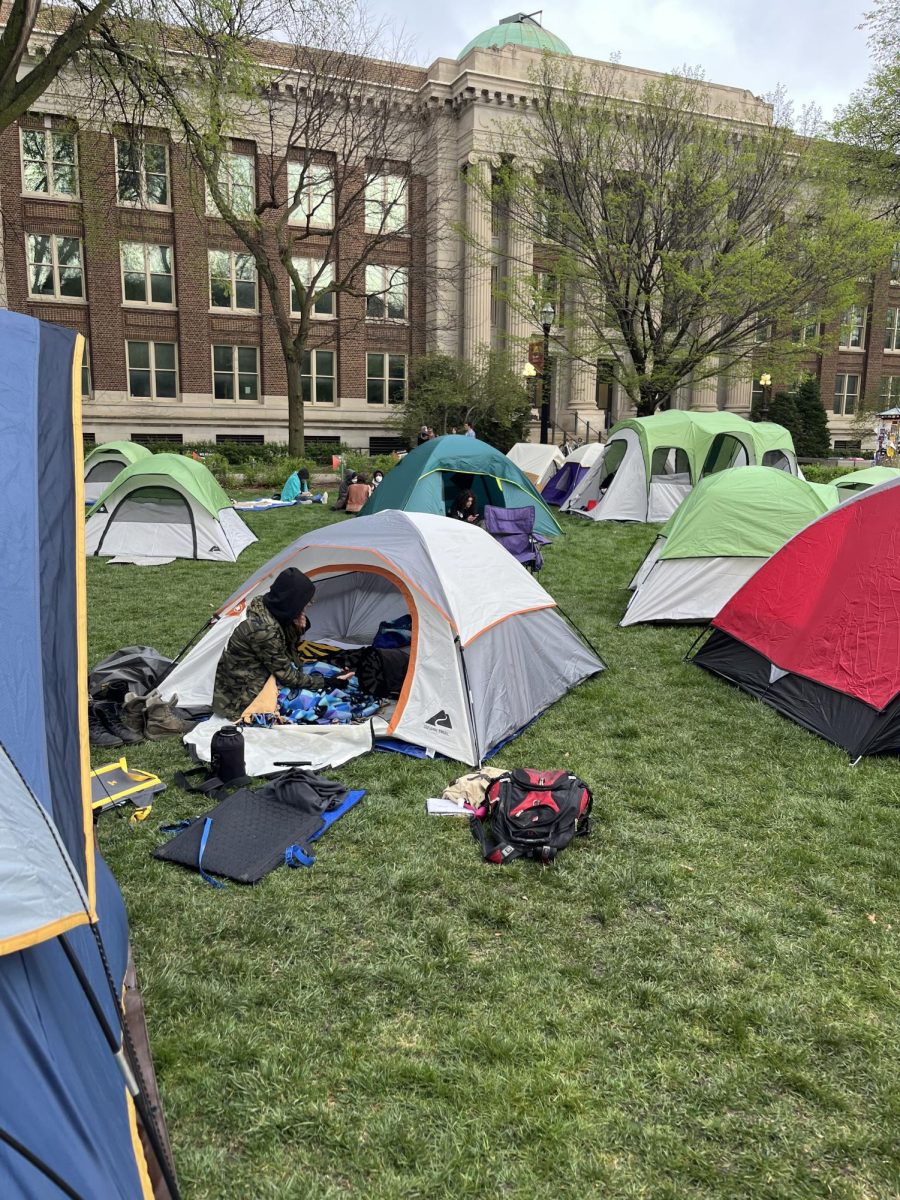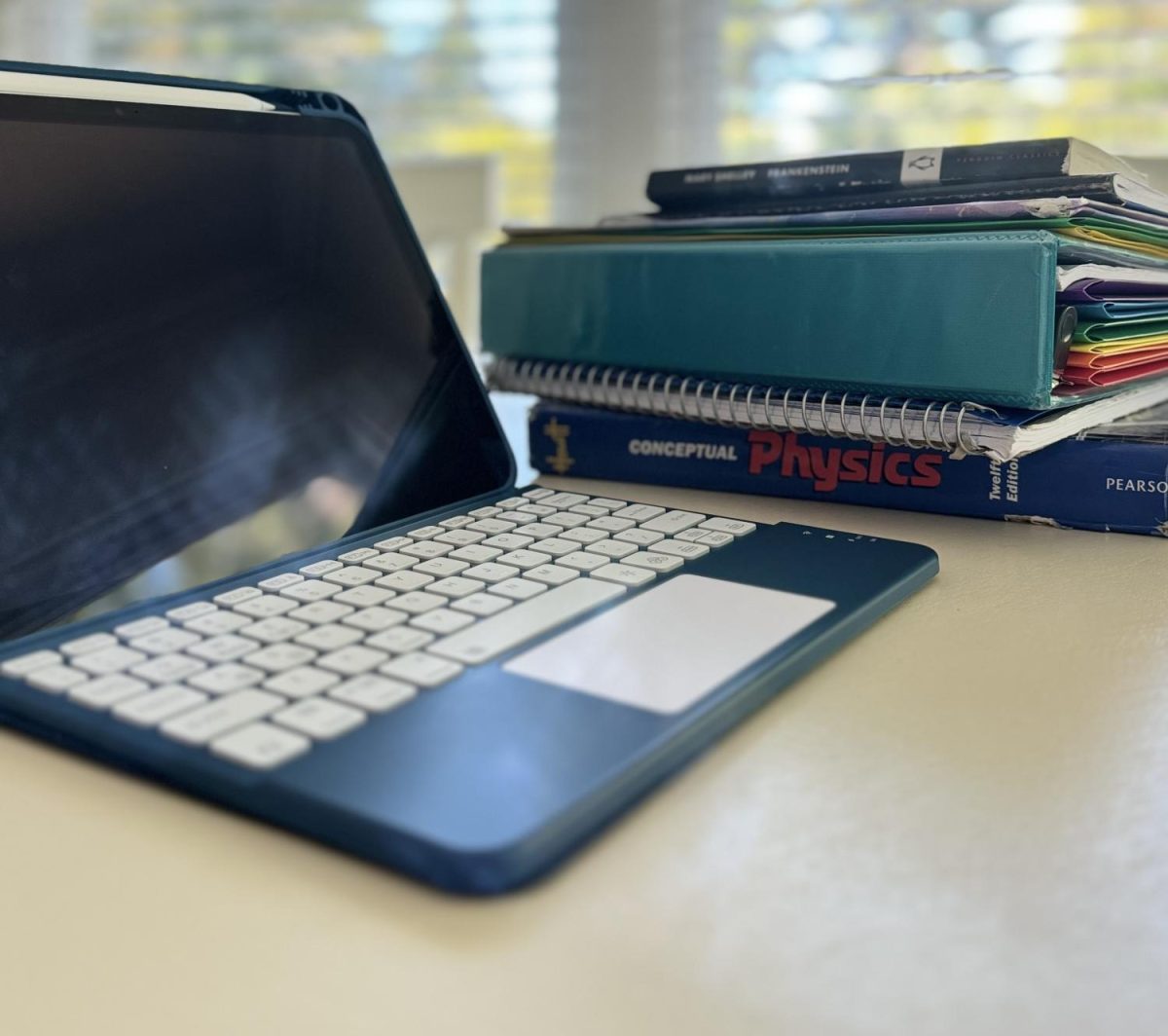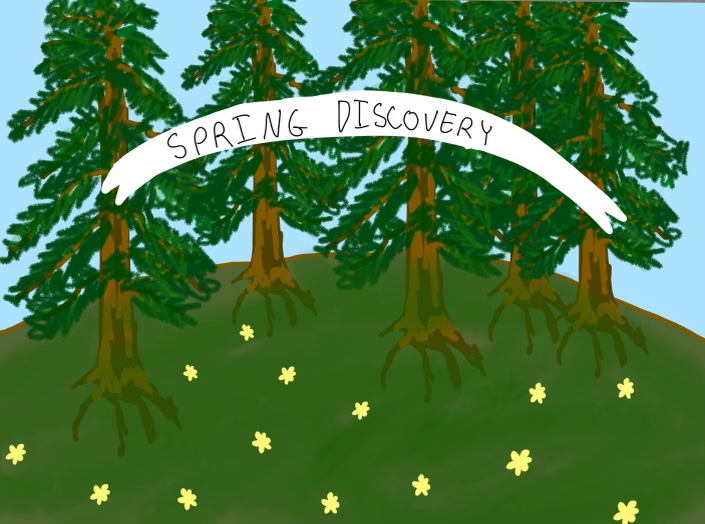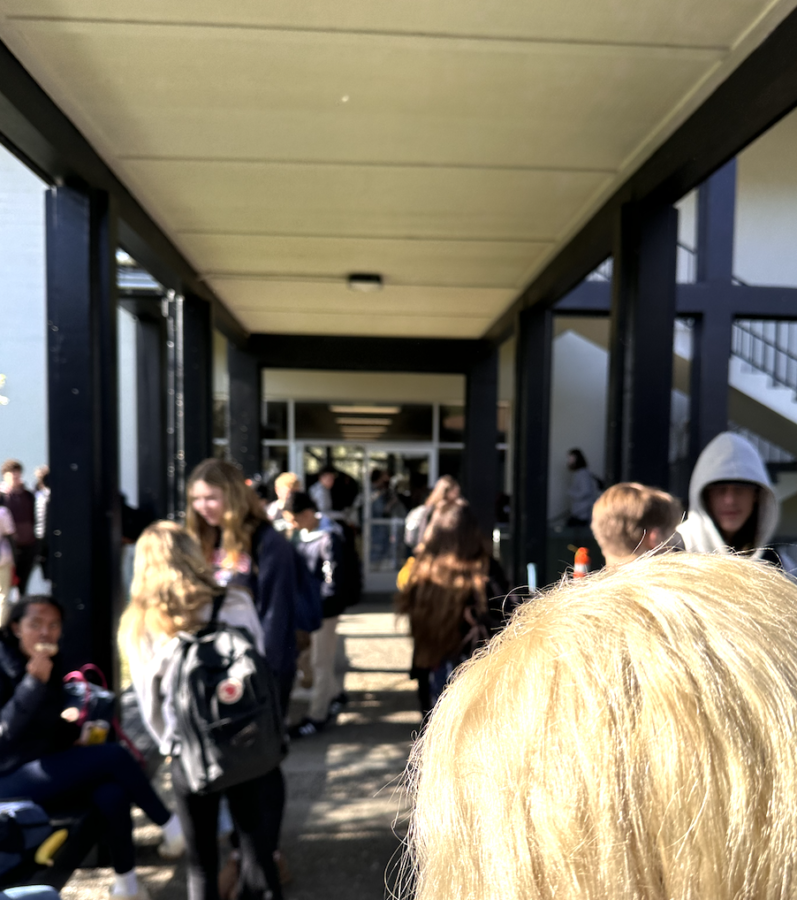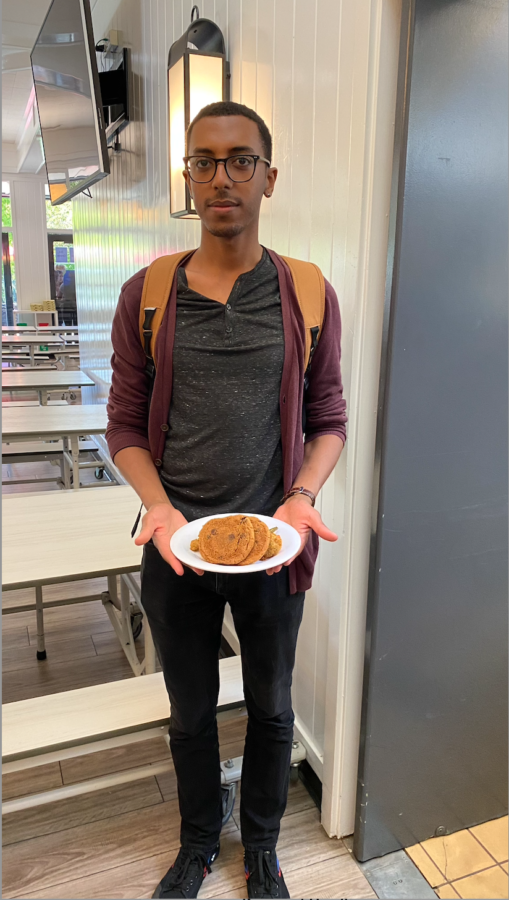Walking through the hallways at San Domenico, you’re bound to hear someone mention AI, whether it’s about getting caught using AI in an essay or how real an AI-generated image may seem. In just months, AI has shifted from science fiction to something students, teachers, and entire industries use every day. But beneath the convenience lies a bigger question: how will this technology affect how we think, learn, and live?
According to a Menlo Ventures survey, 61% of American adults have used AI in the previous six months, with nearly one in five relying on it daily. Globally, this could mean 1.7-1.8 billion users.
AI has quickly become a tool people rely on every day. With just one response, AI- tools can streamline tasks that once took hours into just minutes.
Many view AI as a solution to stress and procrastination, but growing dependence raises concerns about critical thinking and self-reliance. It’s important to understand how AI shapes our lives now, but even more vital to consider how it will influence the habits, thinking and independence of future generations.
Adrianna Symth, biology and chemistry teacher here at SD, sees both the risks and the benefits of AI usage.
“It’s going to impact every aspect of society in ways we can’t predict,” Smyth said. “When the internet was first invented, it was amazing in every way. And now, 25 years later, we’re seeing all of the ways in which it’s not so great.”
Smyth pointed out that AI could also lead to major breakthroughs.
“There’s all kinds of amazing applications that probably will come into play in the near future, things like, finding a cure for cancer. That’s something that AI might be able to really help us accomplish in a very short period of time,” Smyth said.
Additionally, Smyth listed some ways in which AI is already helping. “It can be used in healthcare to help somebody who’s visually impaired or deaf,” Smyth said.
Humanities teacher, Aran Levasseur, explained just how fast the adoption of AI has been.
“The telephone took 75 years to reach 100 million users. The iPhone took four. TikTok took one. ChatGPT took two months,” Levasseur said. “That’s why Microsoft’s head of AI research has called it a flood—something that will totally reconfigure and disrupt the world as we know it.”
AI’s efficiency and accessibility can boost productivity and even help solve global challenges like climate change or advances in medicine. But Levasseur warned that dependency comes at a cost.
“At what point is it also doing all the critical and creative thinking for you?” Levasseur asked.
Job disruption is already becoming an issue, as AI begins to replace work that was once thought safe from automation. Levasseur noted that even computer science graduates are struggling in today’s job market.
Even though some praise AI as a shortcut for assignments or a solution to procrastination, Levasseur urged caution. He described the technology as powerful but unpredictable, comparing it to raising a tiger cub:
“It seems adorable, but you don’t want that in your home when it’s full grown,” Levasseur said.
Jennifer Cronan Flinn, Director of Educational Technology here at SD, expressed that the biggest challenges regarding AI are unknown.
“I’m scared of a lot,” Cronan Flinn said. “We don’t know how this is all going to play out.”
She explained that even experts disagree about AI’s long-term impact, with some experts convinced it won’t be good for humanity.
A survey conducted by Cornell University found that 78% of the participating experts agreed or strongly agreed that technical AI researchers should be concerned about catastrophic risks.
However, Cronan Flinn’s focus at SD is less about predicting the future and more about guiding students and helping them use AI in the present.
“You know, when you go to your different classes, you have different experiences, right? Depending on the teacher,” Cronan Flinn said. “We’re encouraging departments to use the tools, understand the tools, and then figure out what works best with students while still maintaining learning.”
There exists a worry about what might be lost if students let AI do the thinking for them. The challenge, then, is not about stopping AI but about learning how to work alongside it. AI is going to shape every part of our lives. But, how we choose to use it now will allow us to control the future it creates.



